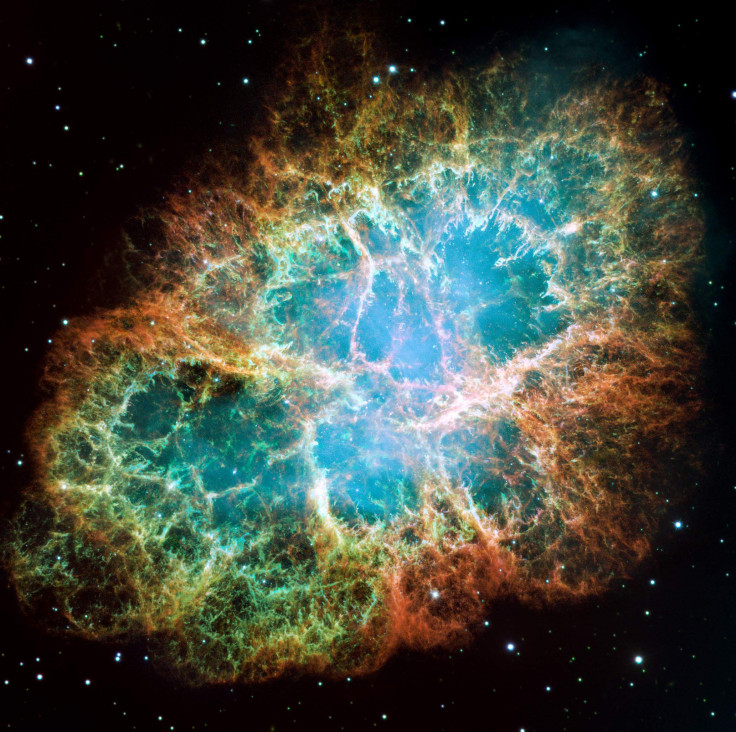Nearby Supernovae Seeded Earth’s Oceanic Crusts With Radioactive Iron

“We are all made of star-stuff,” Carl Sagan once famously said. Sagan was, of course, referring to supernovae — cataclysmic explosions of massive stars that scatter the seeds of life through the cosmos.
Now, the findings of two new studies published Wednesday in the journal Nature suggest that in addition to providing the raw material for life, these stellar explosions may also have had a more subtle effect on our planet — nearby supernovae may have, in the not-so-distant past, blasted the Earth’s surface with enough radioactive debris to influence its climate and drive human evolution.
One of the radioactive isotopes spilt out when a star explodes into a supernova is iron-60, which has a half-life of 2.6 million years. As a result, any iron-60 dating back to Earth's formative years over 4 billion years ago has long since disappeared.
However, in 1999, researchers discovered significant levels of iron-60 in deep-sea crusts, indicating that sometime in our planet’s tumultuous past, it had been sprayed with the radioactive material.
Now, scientists who analyzed these crust samples — taken from the Pacific, Atlantic and Indian Oceans — have been able to pinpoint when and where the most recent supernova explosions in our cosmic backyard may have occurred.
According to one of the studies, the two most recent explosions took place approximately 2.3 million and 1.5 million years ago. Both these supernovae originated from stars nearly nine times the mass of our sun and left their mark on our planet’s surface.
Moreover, these two explosions were just two of the up to 20 supernovae that scientists believe supplied the hot plasma that created the “Local Bubble” — a cavern in the interstellar medium that, along with other structures, envelops our solar system.
“This research essentially proves that certain events happened in the not-too-distant past,” Adrian Melott, an astrophysicist from the University of Kansas, who was not involved in the research, said in a statement. “The events weren't close enough to cause a big mass extinction or severe effects, but not so far away that we can ignore them either. We're trying to decide if we should expect to have seen any effects on the ground on the Earth.”
Scientists estimate that any supernovae beyond the “kill zone” of roughly 30 light-years are unlikely to cause any widespread damage. However, that does not mean that the two most recent supernovae — originating at a distance of 290 and 325 light-years from the sun, respectively — did not affect life on Earth, including our earliest Homo ancestors.
For instance, the older of the two supernovae happened near the end of the Pliocene epoch, when our planet had just begun cooling. This event, which is believed to have affected the direction of the human lineage, may have been triggered by radioactive debris blasting Earth’s atmosphere.
“I’m not a biologist, so I’ll be very careful, but there might be some connection, because as we know, it falls exactly into a time span that was very important in evolution,” Dieter Breitschwerdt from the Berlin Institute of Technology, who led one of the studies, told the Washington Post. “Perhaps there were some important climactic changes, or maybe even some important mutations.”
© Copyright IBTimes 2025. All rights reserved.






















